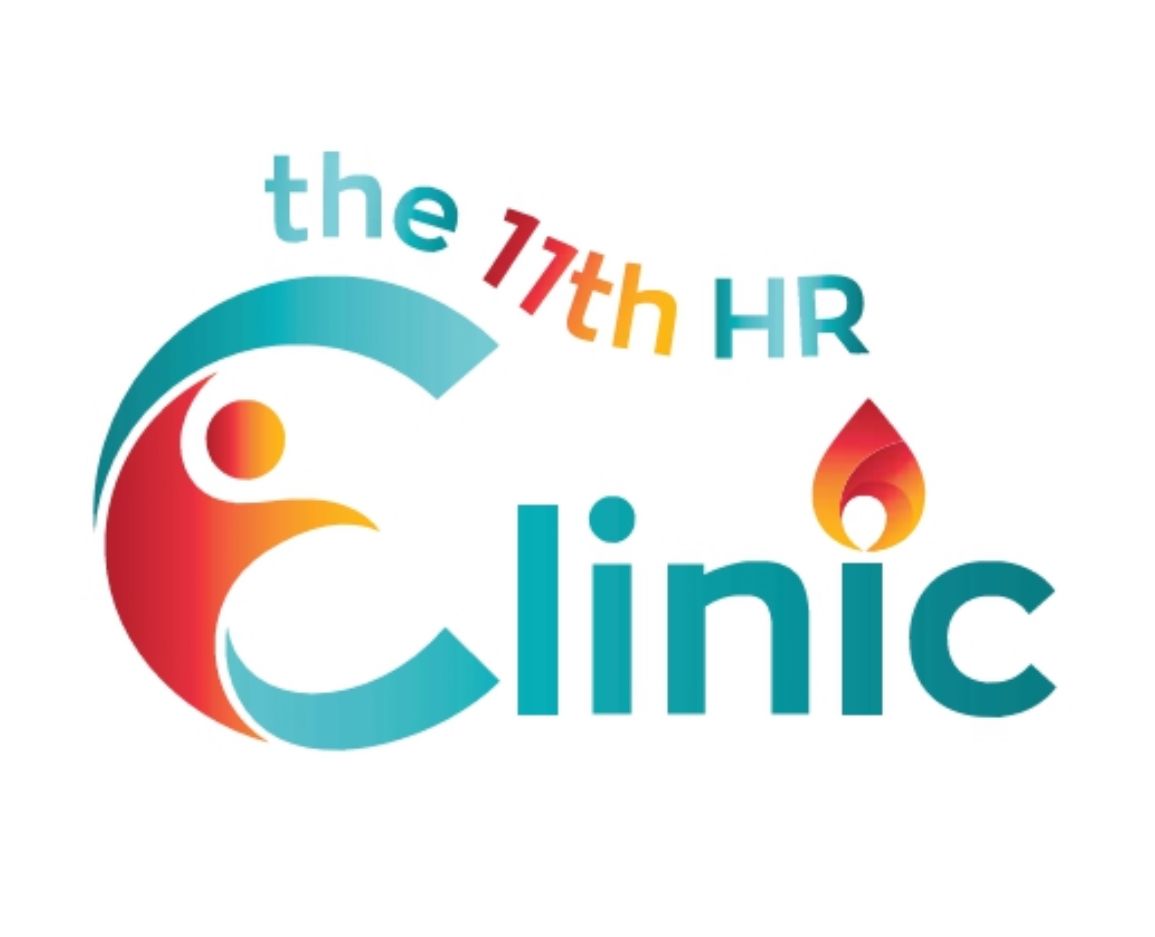Quiet Barriers: Social Anxiety and Adolescent Career Choices
Helping teens move from avoidance to ambition in education and employment
Adolescence is a pivotal period for identity formation, independence, and future planning. It’s a time when young people are encouraged to explore their interests, consider post-school options, and step into early work experiences. But for those with
social anxiety disorder, these steps often feel insurmountable. Social anxiety can quietly sabotage a young person’s confidence, narrowing their career horizons and undermining their ability to engage in meaningful educational and vocational experiences. Unlike externalising disorders that grab attention, social anxiety often operates invisibly, yet its impact can be profound and long-lasting. At
the 11th hour clinic, we recognise the hidden toll of social anxiety and offer tailored support that helps adolescents build emotional resilience, social confidence, and a belief in their vocational possibilities.
What Is Social Anxiety Disorder?
Social anxiety disorder is not just extreme shyness. It’s a persistent, excessive fear of social situations where one might be judged, criticised, or humiliated. Adolescents with social anxiety often fear that they will say the wrong thing, look awkward, or be laughed at. These beliefs result in avoidance of situations critical to personal growth and career development. According to Beesdo-Baum et al. (2012), social anxiety has a prevalence of 9%–13% in adolescents, making it one of the most common mental health issues in this age group. Common symptoms include:
- Avoidance of public speaking, class presentations, or social groups
- Excessive worry about being perceived as stupid, boring, or weird
- Physical signs such as sweating, nausea, trembling, or blushing
- Intense self-criticism after social interactions (“I made a fool of myself”)
- Reliance on safety behaviours (for example avoiding eye contact, rehearsing speech, or only interacting online)
Without intervention, social anxiety can lead to social isolation, poor academic performance, and limited career development.
How Social Anxiety Impacts Vocational Decision-Making
1.
Avoidance of Exploration and Exposure
Career development during adolescence involves experiential learning. This includes internships, volunteering, casual work, open days, job interviews. These often require initiating conversations, interacting with unfamiliar adults, or performing in evaluative settings.
For adolescents with social anxiety, these activities trigger intense anxiety. The result? Avoidance.
“I didn’t apply for the traineeship because I’d have to do a group interview.”
“I skipped the work experience week. I said I was sick.”
“I thought about hospitality, but I couldn’t imagine speaking to customers all day.”
Avoidance reduces exposure to the real-world environments necessary for vocational clarity, skill-building, and confidence development (Morgan & Ness, 2003).
2. Limited Self-Efficacy and Negative Self-Perceptions
Socially anxious adolescents often underestimate their abilities, especially in social or performance-based domains. Bandura’s theory of self-efficacy suggests that belief in one’s capacity to perform a task influences the willingness to try and to persist through setbacks. Without positive social feedback, young people with social anxiety internalise self-defeating beliefs:
“I’m not leadership material.”
“People don’t like me.”
“I’ll embarrass myself if I try.”
Over time, this limits vocational ambition. They may settle for roles that feel “safe” but fail to align with their strengths or interests (La Greca & Lopez, 1998).
3. Interpersonal and Communication Skill Delays
Adolescents with social anxiety often miss out on skill-building opportunities. Presentations, debates, group projects, and part-time jobs are all common arenas for social learning. When these are avoided, the adolescent doesn’t just miss out on experience, they fall behind peers in crucial soft skills needed in the workforce:
- Assertiveness
- Conflict resolution
- Communication under pressure
- Negotiation and advocacy for themselves
This can lead to reduced employability, lower wages, and difficulties during onboarding or interviews.
4. Increased Risk of Being NEET (Not in Education, Employment or Training)
Social anxiety is a predictor of early school leaving, social withdrawal, and failure to engage in post-school pathways. Research shows that sad significantly increases the likelihood of adolescents becoming NEET (Essau et al., 2014), which compounds risk for:
- Long-term unemployment
- Dependency on family or welfare
- Worsening mental health
- Social isolation and suicidal ideation
It becomes a cycle: the longer avoidance persists, the harder re-entry becomes.
The Psychological Mechanisms Behind It
Social anxiety doesn’t emerge in a vacuum. Common underlying psychological mechanisms include:
- Cognitive distortions (e.g., “Everyone’s watching me,” “If I make a mistake, I’ll be judged”)
- Hypervigilance to threat (scanning for signs of rejection or ridicule)
- Low distress tolerance (inability to tolerate discomfort in social risk-taking)
- Negative core beliefs (“I’m boring,” “I don’t belong”)
- Perfectionism (e.g., only speaking if I know I’ll say the ‘right’ thing)
These processes distort how the adolescent sees themselves in the world and prevent adaptive engagement with vocational tasks.
How Parents, Schools and Clinicians Can Help
1.
Normalize Anxiety and Promote Exposure
Gentle, graduated exposure is essential. Encouraging adolescents to participate in low-risk, structured social situations can slowly build confidence. School settings can offer:
- Low-stakes speaking opportunities
- Peer mentoring roles
- Supervised work experience
- Encouragement to engage with school counsellors or vocational guidance
2. Provide Psychoeducation
Helping adolescents understand the
function of anxiety,
and that avoidance reinforces it, can reduce fear and shame. Therapists can use tools like anxiety hierarchies, behavioural experiments, and social scripts.
3. Involve Families
Parents often unintentionally enable avoidance (“I’ll call for you,” “You don’t have to go”). Family sessions can help:
- Educate parents on anxiety cycles
- Develop exposure plans at home
- Reinforce autonomy and resilience
4. Incorporate Career Coaching in Therapy
At the 11th hour clinic, we combine CBT with vocational coaching. This might include:
- Exploring career values, strengths, and interests
- Practicing interview skills
- Role-playing social scenarios
- Addressing anxiety-linked beliefs about competence
- Supporting applications, resumes, and transition plans
This dual focus ensures that therapy doesn't just reduce symptoms, it enhances future direction.
Final Thoughts
Social anxiety is often invisible, but its effects on adolescent career development are substantial. It narrows options, erodes confidence, and delays independence, but it’s treatable and support can be life-changing.
At the
11th hour clinic, we help adolescents not just “cope” but grow, through targeted, evidence-based interventions that reconnect them with possibility and purpose.
References
Beesdo-Baum, K., Knappe, S., & Pine, D. S. (2012). Anxiety and anxiety disorders in children and adolescents: Developmental issues and implications for DSM-V. Psychiatric Clinics of North America, 35(3), 483–524.
Cunningham, N. R., Ollendick, T. H., & Langley, A. K. (2014). Social anxiety in adolescents: The impact on educational and vocational outcomes. Journal of Anxiety Disorders, 28(8), 908–915.
Essau, C. A., Lewinsohn, P. M., Olaya, B., & Seeley, J. R. (2014). Anxiety disorders in adolescents and psychosocial outcomes at age 30. Journal of Affective Disorders, 163, 125–132.
La Greca, A. M., & Lopez, N. (1998). Social anxiety among adolescents: Linkages with peer relations and friendships. Journal of Abnormal Child Psychology, 26(2), 83–94.
Masia Warner, C., Fisher, P. H., Shrout, P. E., et al. (2007). Treating adolescents with social anxiety disorder in school: An attention control trial. Journal of Child Psychology and Psychiatry, 48(7), 676–686.
Morgan, J. I., & Ness, D. E. (2003). Career decision-making difficulties among socially anxious adolescents. The Career Development Quarterly, 51(4), 308–321.
Reach Out
If your child, student, or client is struggling with social anxiety and finding it difficult to make career choices, support is available. Book a session with a psychologist at the 11th hour clinic and start the journey toward confidence, direction, and growth. Check out our locations page to book an appointment or contact us to learn more.



